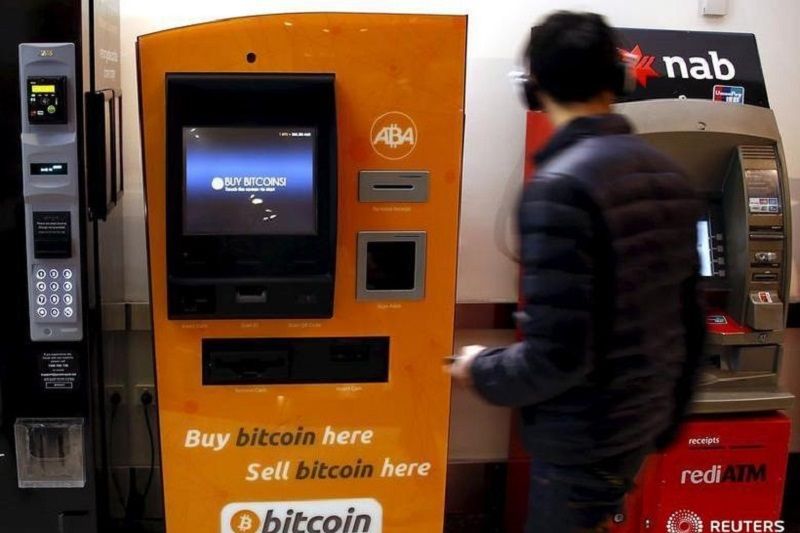U.Today – The price of U.Today has been fairly stable at around $70,000 for a while now, since mid-May. Despite this, the cryptocurrency's price has shown minimal movement, fluctuating within a narrow 6% range. This period of low volatility has frustrated market participants, particularly as Bitcoin's all-time high of $74,000 remains tantalizingly close but seemingly out of reach.
The lack of price movement has seriously upset traders and investors, and there has been much talk of price manipulation. Adam Back, a contemporary of Bitcoin's mysterious creator Satoshi Nakamoto, addressed these concerns in a recent discussion.
Back suggested that the current price suppression could be due to certain sellers who urgently need cash and are dumping their Bitcoin holdings. He said these sellers, who may not be willing or able to wait for higher prices, have a limited amount of BTC to sell. Once they have sold all their holdings, the market could start to rise again, the promoter says.
These comments coincide with what many people in the cryptocurrency community feel. Many think that things like institutional investors and trading platforms like ETFs and Coinbase (NASDAQ:) could be influencing the market. The idea is that these entities, possibly in collaboration with official agencies, are trying to keep prices stable or contained for their own strategic advantage.
When does it break?
However, Back's outlook offers a glimmer of hope in current market conditions. The idea that the influence of current sellers is temporary suggests that once their selling capacity is exhausted, Bitcoin could resume its upward trajectory.
This view aligns with how the price has moved historically, as there have often been periods of consolidation before large price surges.
In short, while the current trading range and low volatility are testing the patience of market participants, the price of Bitcoin could break free from its current stagnation and potentially reach new highs once immediate needs are met. liquidity of these sellers.
This article was originally published on U.Today.










